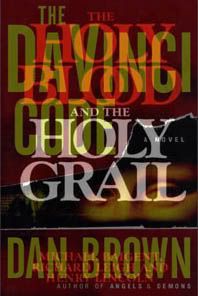 When The Da Vinci Code came out in 2003, I studiously avoided it for the simple reason that I like books which will challenge and entertain me. Then my boss asked me to read his copy and tell him what I thought. I reported that it was a bit of a page-turner in the fashion of The Holy Blood and the Holy Grail, but it had left me feeling patronised and unsatisfied.
When The Da Vinci Code came out in 2003, I studiously avoided it for the simple reason that I like books which will challenge and entertain me. Then my boss asked me to read his copy and tell him what I thought. I reported that it was a bit of a page-turner in the fashion of The Holy Blood and the Holy Grail, but it had left me feeling patronised and unsatisfied.
So when a friend presented us with Kate Mosse's Labyrinth and Sepulchre, I was a bit chary of reading them, as they seemed to intersect with the themes mentioned in the two works mentioned above.
When I finally read them, I wondered why I'd waited. They are engaging, intelligently written and, when you have to put one of Mosse's books down for the night, re-immersing yourself in it is a keenly-anticipated pleasure, without the whiff of self-harm that returning to Da Vinci or Blood and Grail creates.
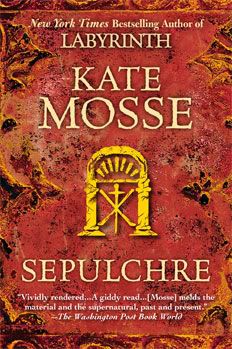 Mosse's two books, I think, are deliberately provocative in returning to ground that had been desecrated by Brown and the three authors of The Holy Blood and the Holy Grail, Michael Baigent, Richard Leigh and Henry Lincoln.
Mosse's two books, I think, are deliberately provocative in returning to ground that had been desecrated by Brown and the three authors of The Holy Blood and the Holy Grail, Michael Baigent, Richard Leigh and Henry Lincoln.In Sepulchre, for instance, at one point we find the modern heroes (each of her novels is set in both the past and present) in Rennes-le-Château, where the authors of the 1982 travesty allege that Fr Bérenger Saunière found evidence ("treasure") that Jesus had survived the crucifixion and had had a child by Mary Magdalen whose descendants founded the Merovingian line of French kings. In Sepulchre, we see a note on the parish board stating "you are the treasure of this Church" as the modern protagonists investigate the death of a 19th century woman seen in a photograph. The novel speculates on the origins of the Tarot as a means of spreading secret symbols, the existence of demons and the power of music to provoke powerful feelings - in particular the notes C, A, D and E (the nineteenth-century Carcassonne family is called la Cade), which sounds on my guitar like an A minor sustained fourth.
 Mosse's first novel, Labyrinth, only just missed out on selling more than The Da Vinci Code in 2006 and again stalks the Holy Blood and the Holy Grail material - but, in a crucial difference from Brown's work, comes up with an entirely original masterpiece of historical fiction. The action is set in the Langue d'Oc, which was allied to Spain before it came under attack from the people of the Langue d'Ouïl who, named like the other after their word for "yes", laid the foundations for the land we know as France.
Mosse's first novel, Labyrinth, only just missed out on selling more than The Da Vinci Code in 2006 and again stalks the Holy Blood and the Holy Grail material - but, in a crucial difference from Brown's work, comes up with an entirely original masterpiece of historical fiction. The action is set in the Langue d'Oc, which was allied to Spain before it came under attack from the people of the Langue d'Ouïl who, named like the other after their word for "yes", laid the foundations for the land we know as France.The pretext is the crusade against the Cathars, those who practice what came to be called the Albigensian Heresy of believing that the world and all it contains (including our bodies) are evil: essentially a form of Gnosticism. The Holy Blood/Holy Grail authors use the resulting massacre to heap self-righteous judgement upon an unrepentant Roman Catholic Church, but do not deal with the fact that the crusade occured pre-Reformation, and was therefore commissioned by the Church to which every extant Christian denomination traces its origins; also, if they had troubled themselves to consult the 1913 Catholic Encyclopedia's treatment of the Albigensian Crusade, they would have read in the conclusion:
The Da Vinci Code was so slavishly based upon The Holy Blood and the Holy Grail that one of the characters is named Leigh Teabing, an anagram of Baigent following the unreconstructed first name of one of the other authors; the resulting court case against Brown did neither book any harm. Another example of this slavishness is that Brown has the Plantard family as one of the two (the other being Saint-Clair) surviving bloodlines of Jesus.Ecclesiastical authority, after persuasion had failed, adopted a course of severe repression, which led at times to regrettable excess. Simon of Montfort intended well at first, but later used the pretext of religion to usurp the territory of the Counts of Toulouse. The death penalty was, indeed, inflicted too freely on the Albigenses, but it must be remembered that the penal code of the time was considerably more rigorous than ours
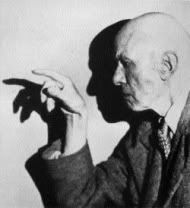 Pierre Plantard claimed to be a member of the ancient Priory of Sion, which he alleged protected documents relating to the Plantard and Saint-Clair bloodlines. In fact he founded the Priory himself - but claimed its descent from the Tribe of Benjamin, whereas the for the purposes of Holy Grail this had to be shifted to the House of David if Plantard were to be made out as the heir of Jesus. The earliest reference I am aware of claiming that Mary Magdalen's womb was the original Grail is in Aleister Crowley's 1944 companion-volume to his deck of Tarot cards, The Book of Thoth. Although this last work is not referenced in The Holy Blood and the Holy Grail, it's full of references to the Grail, therefore I think it's reasonable to assume that the authors used it to inform their writings.
Pierre Plantard claimed to be a member of the ancient Priory of Sion, which he alleged protected documents relating to the Plantard and Saint-Clair bloodlines. In fact he founded the Priory himself - but claimed its descent from the Tribe of Benjamin, whereas the for the purposes of Holy Grail this had to be shifted to the House of David if Plantard were to be made out as the heir of Jesus. The earliest reference I am aware of claiming that Mary Magdalen's womb was the original Grail is in Aleister Crowley's 1944 companion-volume to his deck of Tarot cards, The Book of Thoth. Although this last work is not referenced in The Holy Blood and the Holy Grail, it's full of references to the Grail, therefore I think it's reasonable to assume that the authors used it to inform their writings.In Labyrinth, on the other hand, we are presented with the fruits of meticulous sociological, military and linguistic research which provides an epic sweep culminating (but not ending) in the siege of Béziers, drawn so vividly that you feel you're there. There's a good reason for this: you get the same sense of the author having trod the ground written about in Mosse's novels as you do in Bernard Cornwell's Sharpe corpus, because the level of their devotion to research is that they have walked the lands whereupon they write. Her characters, too, bear no relation to Brown's breathless thumbnail sketches; and her heroines are strong and passionate, no Fay Wrays screaming helplessly in the hands of fate.
If you want something that will pass empty hours in an airport, choose The Holy Blood and the Holy Grail, The Da Vinci Code or indeed his new novel The Lost Symbol. Grand edifices of cod-history and wishful thinking held together by a thin mortar of paranoia, they will take your time and not much else.
If you want to be challenged, excited and counting the hours until you can pick your book up again, stick with Kate Mosse. You might even get an insight into the Grail.



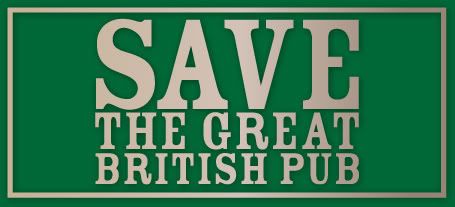

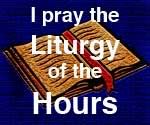

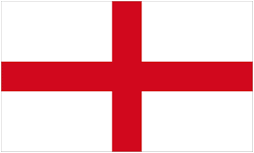
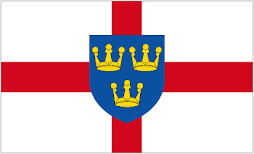


Wow. Brilliant post. When I have free time (haha) I'll pick some Kate Mosse.
ReplyDeleteThanks, Linda! I hope you manage to get some free time!
ReplyDelete